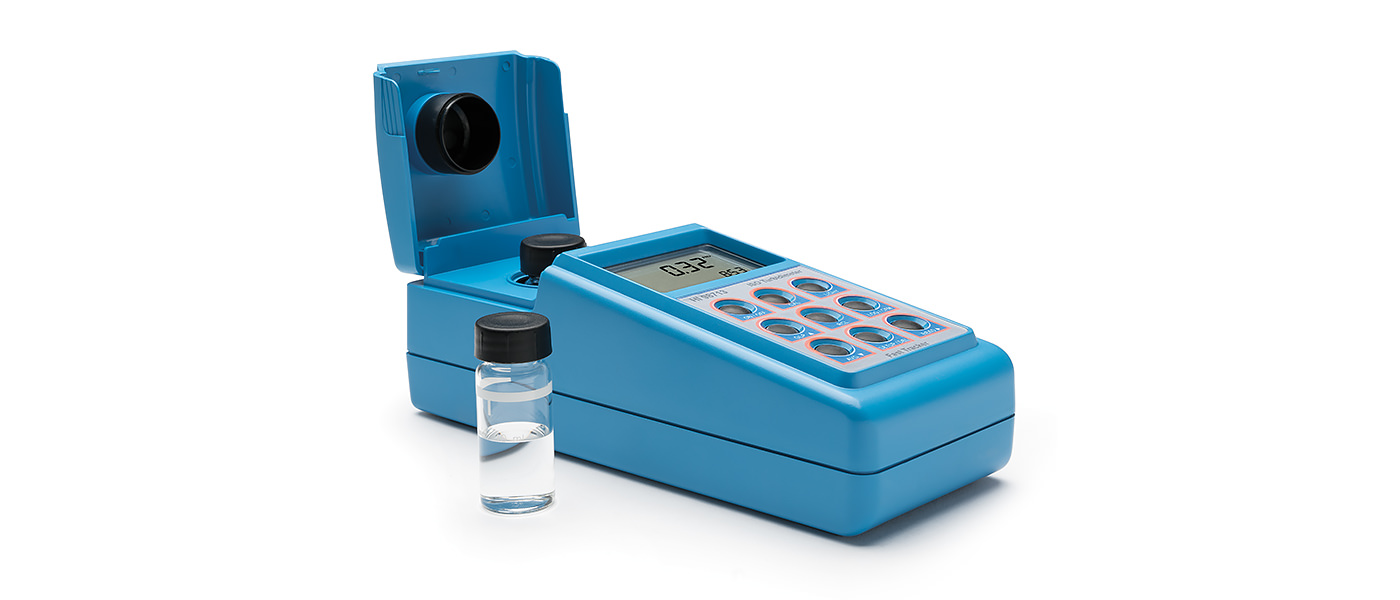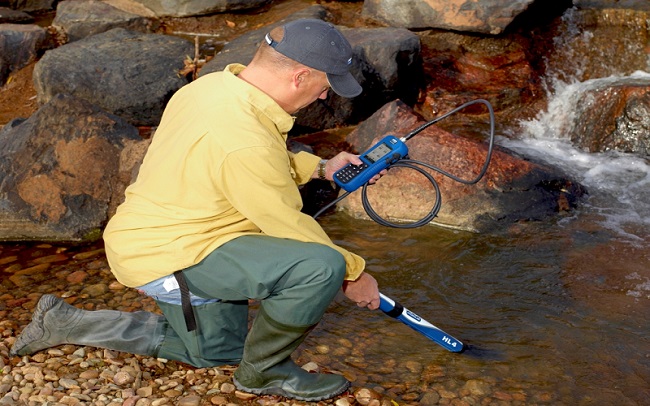Turbidity is one of the most common and intuitive aspects of water quality. The first thing we notice about water is how cloudy it is or isn't. Turbidity can affect everything from how water is disinfected to the quality of lakes, oceans, and streams.

Turbidity is one of the most common and intuitive aspects of water quality. The first thing we notice about water is how cloudy it is or isn't. Turbidity can affect everything from how water is disinfected to the quality of lakes, oceans, and streams.
In this guide, we will learn what turbidity is, the reasons for measuring it, testing options and how to measure it with a turbidity meter.
Turbidity in its simplest form is just the cloudiness of water. Turbidity is usually caused by suspended particles in water that we cannot see individually. These particles can be algae, soil, minerals, protein, oil or even bacteria.

What is a turbidity meter?
Turbidity is a water quality parameter in all environments, from urban drinking water facilities to environmental monitoring.
The primary goal of drinking water treatment is to remove and reduce turbidity. During the treatment process, turbidity is measured at various stages to determine treatment efficiency and ensure compliance with government regulations. Suspended matter (soil, algae, etc.) in water reduces the effectiveness of disinfectant chemicals and can act as a carrier of bacteria and parasites.
These suspended particles can be seen by the eyes with water that looks slightly cloudy and has a high amount of turbidity. But in cases with little or no turbidity, they may not be seen by the eyes, and reduce the efficiency of chlorination, the overall transparency of the water is an indicator. It is quality and assures the consumer of its safety. After all, no one wants to drink from cloudy tap water!
Turbidity is of widespread importance in environmental monitoring, where water turbidity can indicate pollution. For example, after storm events, runoff from agriculture, logging, and construction sites can quickly overwhelm natural aquifers with sediment. This can disrupt bottom-dwelling aquatic life, which requires dredging to correct.
Outside of drinking water, wastewater and environmental uses, turbidity measurements are useful in wineries as well as other locations throughout the food and beverage industry.
There are many ways to measure turbidity. As a measure of water turbidity, we can use visual methods to full scale meters to quantify it.
Some visual methods are ideal for use in a fast field environment, such as transparent disc. It consists of a disc that sinks into the water until it is no longer visible. The depth at which the disk is not visible is the Secchi depth. This method is subjective and works best in natural waters with little movement and low turbidity.
The best way to measure turbidity in different samples is to use a nephelometer, which is also called a turbidimeter or turbidimeter . Turbidimeters use a light and photo detector to measure light scattering and are read in turbidity units such as nephelometric turbidity units (NTU) or formazin turbidity units (FTU).
A turbidimeter is an optical measurement that indicates the presence of suspended particles. It is measured by shining light through a sample, and quantifying the concentration of suspended particles. The greater the number of particles in the solution, the greater the turbidity.
In general, there are 2 types of turbidimeters: manual turbidimeters and desktop turbidimeters . The water turbidity meter works with the infrared method or with the USEPA measurement technique. Turbidity is caused by undissolved and finely dispersed substances in a liquid. The turbid liquid has the property of scattering and reflecting the light irradiated on it. The intensity of the reflected light provides information about the degree of opacity.
A turbidity meter displays turbidity in FTU (Formazin Turbidity Unit), which is the same unit as NTU (Nephrometric Turbidity Unit). Turbidity meter is often used in drinking water treatment. From a sanitary point of view, today's limit values are below 1 FTU.
Turbidimeters are devices that have a light source, a lens, and a detector that are 90 degrees from the light source and work together to measure the turbidity of the sample. When a sample is placed in the path between the light source and the detector, some particles in the sample scatter the light so that it reaches the detector at 90 degrees. The detector determines the amount of light scattering and compares the reading to standards on a calibration curve.
Some meters have another detector at 180 degrees to calculate transmitted light. This can help samples with high opacity to correct for light lost due to attenuation and backscatter (reflection). Measuring turbidity at 90 degrees and 180 degrees is called the ratio method.
